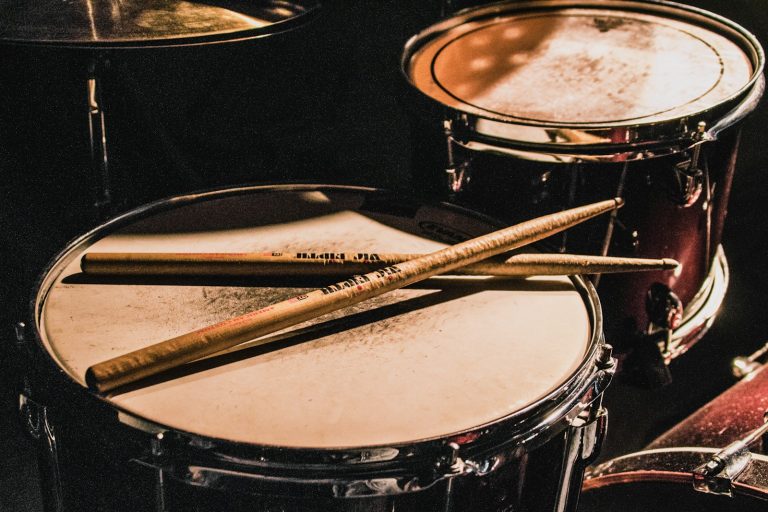Pulsamento

In the vast tapestry of human expression, one can find a myriad of artistic forms that captivate and resonate with the soul. Pulsamento, a term derived from the Italian word “pulsare,” meaning to pulse or beat, encapsulates a unique artistic phenomenon that transcends various cultural boundaries. This rhythmic concept finds its manifestation in music, dance, and even visual arts, offering a dynamic exploration of the human experience.
Pulsamento in Music:
At its core, pulsamento in music is the heartbeat that drives compositions across genres and cultures. From the intricate rhythms of African drumming to the complex time signatures of progressive rock, pulsamento forms the backbone of musical expression. It is the pulse that connects listeners to the emotional core of a piece, creating a visceral experience that goes beyond mere auditory pleasure.
In classical music, pulsamento is meticulously woven into the fabric of compositions, with composers using tempo and rhythm to evoke specific emotions. The iconic works of Ludwig van Beethoven, for instance, showcase the power of pulsamento in conveying intensity, drama, and resolution. The pulse becomes a guiding force, leading both musicians and audiences through a symphonic journey.
In contrast, popular music genres like jazz and hip-hop leverage pulsamento to create infectious grooves and intricate patterns. The syncopated beats in jazz or the rhythmic cadence of rap lyrics exemplify the versatility of pulsamento, demonstrating how it can be a driving force for creativity and innovation.
Pulsating Rhythms in Dance:
Beyond the realms of music, pulsamento finds expression in the fluid movements of dance. Whether it’s the passionate footwork of flamenco, the sensual sway of salsa, or the energetic leaps of hip-hop, pulsamento underpins the kinetic language of dance forms across the globe.
In traditional dances, pulsamento becomes a physical manifestation of cultural identity. The rich history of flamenco, with its roots in Andalusian culture, showcases the profound connection between pulsating rhythms and the emotional expression of the dancers. The staccato footwork and percussive hand claps synchronize with the guitarist’s pulsating chords, creating a captivating synergy of sound and movement.
In contemporary dance, choreographers experiment with pulsamento to push the boundaries of expression. The avant-garde performances often blur the lines between music and dance, exploring how pulsating rhythms can be harnessed to convey abstract concepts or challenge societal norms.
Visual Arts: Pulsamento Beyond Sound and Movement
While often associated with auditory and kinetic experiences, pulsamento extends its reach into the visual arts, creating a fusion of senses that transcends traditional boundaries. Visual artists have explored the concept of pulsating rhythms through dynamic compositions, exploring how the interplay of color, shape, and form can evoke a sense of movement and energy.
The works of artists like Wassily Kandinsky, a pioneer of abstract art, exemplify the visual representation of pulsamento. His use of vibrant colors and dynamic shapes on the canvas creates a visual symphony that resonates with the viewer. The pulsating energy within these paintings invites contemplation and introspection, mirroring the emotional impact of pulsamento in music and dance.
Interdisciplinary Fusion: Pulsamento as a Collaborative Force
As the boundaries between artistic disciplines continue to blur, pulsamento emerges as a powerful catalyst for interdisciplinary collaborations. Musicians, dancers, and visual artists come together to explore the symbiotic relationship between sound, movement, and visual expression.
In multimedia performances, such as contemporary dance accompanied by live music and visual projections, pulsamento serves as the common thread weaving through the diverse elements. These collaborations push the boundaries of artistic expression, offering audiences a multi-sensory experience that engages both the intellect and the emotions.
Conclusion:
Pulsamento, with its roots in the rhythmic heartbeat of human existence, weaves a captivating narrative through the diverse realms of music, dance, and visual arts. It serves as a universal language that transcends cultural barriers, inviting individuals to connect with the pulse of the human experience. As artists continue to explore and push the boundaries of creativity, pulsamento remains a dynamic force, guiding us on a rhythmic journey through the rich tapestry of human expression.





